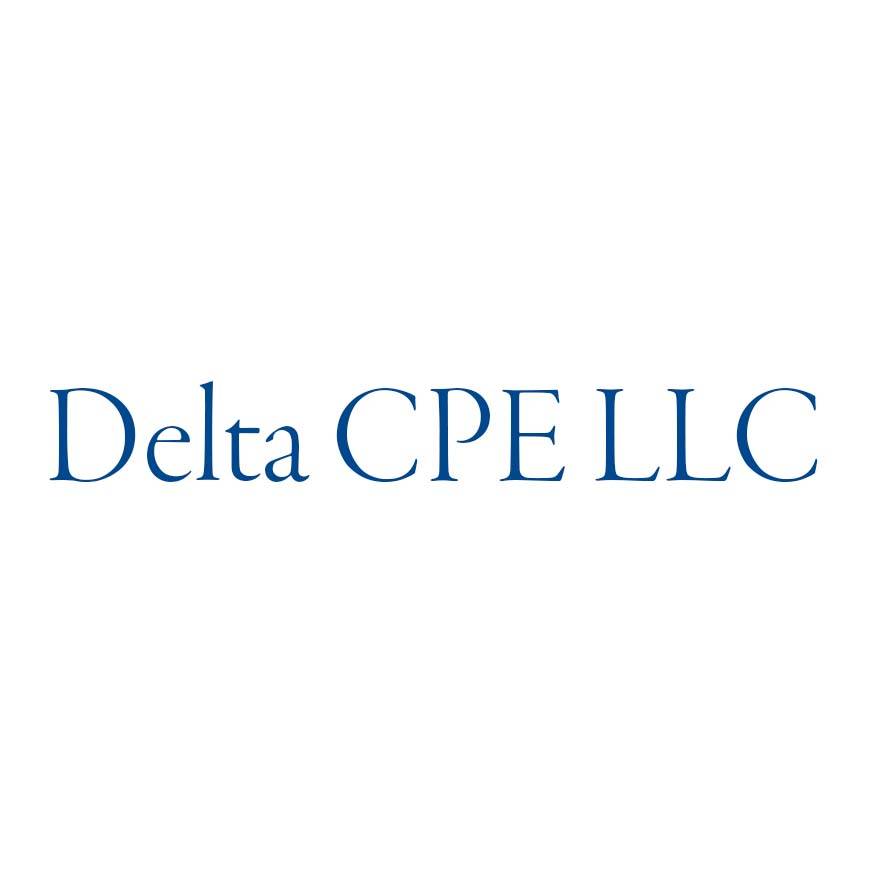Self-Study
101 Financial Solutions: Diagnosis and Remedy
Learn to manage your business's day-to-day focusing on cash flow, inventory management, and more.

$290.00 – $320.00
Webcasts are available for viewing Monday – Saturday, 8am – 8pm ET.
Without FlexCast, you must start with enough time to finish. (1 Hr/Credit)
Please fill out the form below and we will reach out as soon as possible.
CPE Credits
10 Credits: Management Services
Course Level
Overview
Format
Self-Study
Course Description
For managers and entrepreneurs, the ability to adeptly manage a company’s assets is crucial, yet the interconnected nature of finances can pose significant challenges. Short-term financial issues, like cash flow shortages, can spiral into long-term problems, such as loan denials. This course is tailored to address these challenges, equipping business leaders with the skills to identify, resolve, and prevent both immediate and potential financial pitfalls. We delve into the intricacies of managing a business’s day-to-day finances, providing insights into recognizing revenue base erosion, analyzing merchandise return causes, and understanding inventory management complexities. This tax planning CPE course will teach you to navigate the delicate balance of inventory costs, apply cost-volume-profit analysis, and identify signs of financial distress. This tax planning CPE course doesn’t just highlight problems; it offers practical strategies and solutions, preparing you to mitigate ripple effects across different sectors of your business and secure your company’s financial health.
Learning Objectives
After studying this course, you will be able to:
Chapter 1:
- Recognize signs in the concept of revenue base erosion;
- Identify irrelevant cost factors when evaluation special orders;
- Identify causes of a high level of merchandise returns that can affect business profits;
Chapter 2:
- Identify the causes of low turnover of merchandise;
- Recognize trade-offs between excessive inventory ordering and carrying costs;
- Identify order costs and carrying costs associated with inventory management;
- Recognize how the economic order quantity (EOQ) applies to inventory management;
- Identify technologies used to improve inventory tracking and management;
- Recognize reasons that create a lack of inventory storage space;
Chapter 3:
- Identify concepts used in the analysis of profitability;
- Recognize ways to reduce the break-even point, and limitations of break-even analysis;
- Recognize how to apply cost-volume-profit analysis;
- Identify the problems of a weak sales mix and the causes of falling sales or profits;
Chapter 4:
- Identify the risk-return trade-off;
- Recognize components of interest rate risk;
- Identify factors relating to a lack of diversification and increased risk;
- Recognize signs of existing or potential financial problems;
Chapter 5:
- Recognize influences that can adversely affect the market price of a stock;
- Identify the objectives of debt rating services and some bond terminology;
- Recognize characteristics of evaluating stock prices;
Chapter 6:
- Identify the conditions when bankruptcy looms;
- Recognize steps management can take to avoid business failure;
- Recognize uses of the Altman Z-Score for spotting risky companies;
- Identify measures that a company can take to avoid a takeover threat;
Chapter 7:
- Recognize common ratios used by companies to help manage cash positions;
- Identify ways to improve cash flow and return on surplus funds;
- Identify early warning signs of a company going broke;
Chapter 8:
- Identify ways to minimize the impact of vendor’s price increases;
- Calculate the advantage of accepting vendor terms and discounts;
- Recognize the reasons for poor credit ratings;
- Identify methods to prevent check signing fraud and improper payments;
Chapter 9:
- Recognize commonly used financial ratios that help spot liquidity problems;
- Identify early warning signals for inadequate liquidity;
- Recognize ways to improve return on investment and how return on equity is calculated;
- Identify methods to identify a low rate of return and the signs for poor quality of earnings;
Chapter 10:
- Recognize how to determine the stability/instability in product revenue over time;
- Identify the causes for excessive labor costs;
- Recognize the concept associated with operating leverage;
- Recognize the applications of activity-based costing;
- Understand how a profit-maximizing firm would adjust prices at different levels of demand;
Chapter 11:
- Identify how actual costs can exceed standard (budgeted) costs;
- Recognize how to compute an efficiency variance;
Chapter 12:
- Recognize ways to spot record-keeping errors; and
Chapter 13:
- Recognize the characteristics of different corporate structures used to affect tax planning and preparation.
Course Specifics
622316012
April 25, 2023
Basic Math.
None
275
Compliance Information
CMA Notice: Western CPE makes every attempt to maintain our CMA CPE library, to ensure a course meets your continuing education requirements please visit Insitute of Management Accountants (IMA)
CFP Notice: Not all courses that qualify for CFP® credit are registered by Western CPE. If a course does not have a CFP registration number in the compliance section, the continuing education will need to be individually reported with the CFP Board. For more information on the reporting process, required documentation, processing fee, etc., contact the CFP Board. CFP Professionals must take each course in it’s entirety, the CFP Board DOES NOT accept partial credits for courses.
Meet The Experts

For many years, Delta CPE LLC has offered a wide variety of continuing education courses for financial professionals. Topics covered by Delta’s courses include accounting, financial management, budgeting, investments, financial statement reporting, business management, IFRS, ethics, valuations, real estate, and business writing. The diversity and breadth of Delta’s course offerings make the company a prolific and unique contributor to the CPE world. Delta’s well-credentialed authors and contributors have also been published in numerous academic and professional journals and quoted by some of the leading financial media outlets.
Related Courses
-
 Management Services
Management Services
Project Management: A Financial Perspective
Delta CPE LLC QAS Self-Study
Credits: 9 $261.00
QAS Self-Study
Credits: 9 $261.00$261.00 – $291.00
-
 Management Services
Management Services
The Balanced Scorecard: Strategic-Based Control
Delta CPE LLC QAS Self-Study
Credits: 2 $58.00
QAS Self-Study
Credits: 2 $58.00$58.00 – $78.00
-
 Management Services
Management Services
Marketing: Mastering the Process
Delta CPE LLC QAS Self-Study
Credits: 10 $290.00
QAS Self-Study
Credits: 10 $290.00$290.00 – $320.00
